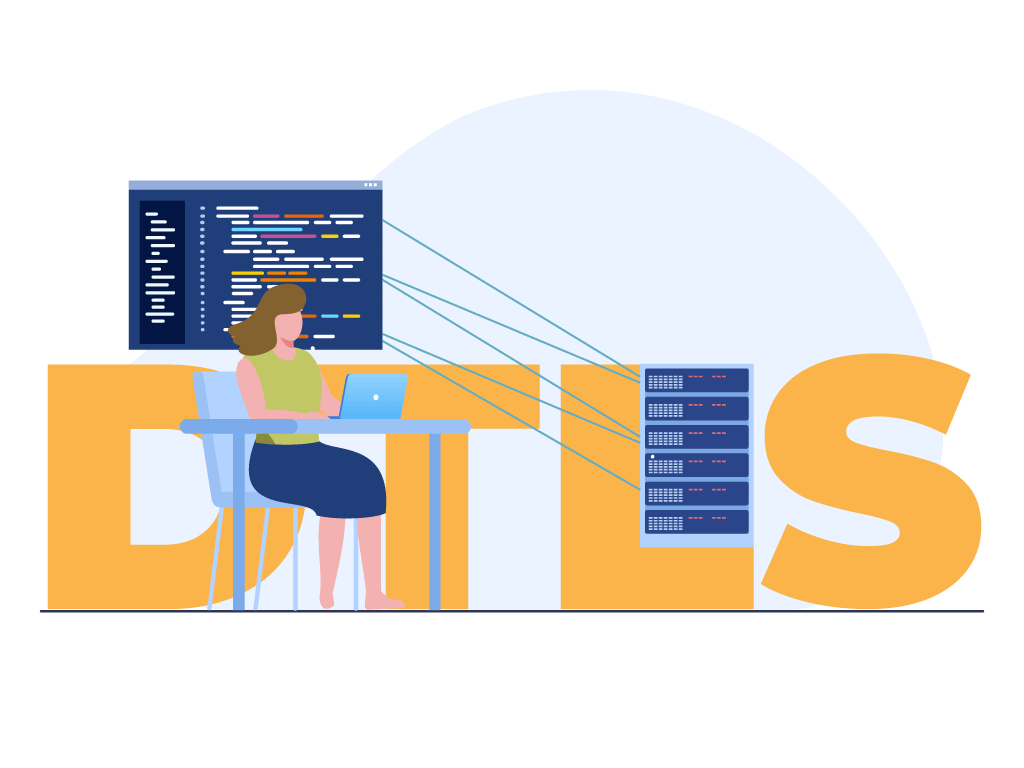Tech Dictionary
Journey through the acronyms of the Security Protocols
DTLS, TLS, SRTP, RTP…whether you chew on these acronyms or find them simple juxtapositions of alphabetical letters: LF Impianti ‘s Tech Dictionary is here to tell you about their definition, technicality and application, in a way that is simple and understandable to everyone.
First question: what sector of the technological universe are we in?
In this case we will have to delve inside the world of Security Protocols.
Of course, there is not just one, but multiple ones of different types and uses.
End to End Encryption

Let’s start with the simplest and most everyday use: End to End Encryption.
The name will probably sound familiar, in fact it is the protocol we find in most messaging chats (such as Whatsapp).
It literally means “from one end to the other” and is an encrypted communication system in which only the people who are communicating can read the messages.
It should be considered normal, but in fact there are many messaging systems, including e-mail and many other chats, where messages go through intermediaries and are stored by third parties.
This allows the latter to provide additional functionality, such as search, or to search for illegal and unacceptable content, but on the other hand it also means that the messages can be read and misused by anyone who has access to them.
And it is precisely because of these risky motivations that a specific security protocol such as End to End Encryption is chosen.
Datagram Transport Layer Security

Delving further and further into data protection protocols, we find DTLS, literally Datagram Transport Layer Security.
It is a communication protocol designed to protect data privacy by preventing eavesdropping and tampering; it is based on the TLS protocol, or Transport Layer Security, which provides security to computer-based communication networks.
The main difference between DTLS and TLS is that the former uses UDP, which is a connectionless connection-less protocol; it is considered to be of lower reliability, but in return it is very fast and efficient for “lightweight” applications.
It is typically used for applications such as real-time audio-video transmission (streaming or VoIP are the most common uses), or transmission of other information about the status of a system, for example, online multiplayer games.
TLS, on the other hand, uses TCP i.e., Transmission Control Protocol, a protocol that deals with Control of transmission, that is, making data communication over the network between sender and receiver reliable.
It is used in Web browsing, mail, instant messaging and VoIP.
As we will also see with SRTP, this is one of the security protocols used for WebRTC (Web Real-Time Communication) technology, or the ability to make chats, calls and video calls over the Internet.
Secure Real Time Transport Protocol

SRTP also known as Secure Real-Time Transport Protocol, is an extension profile of RTP(Real-Time Transport Protocol), which adds additional security features, such as message authentication, confidentiality and protection against replay, mainly intended for VoIP communications in order to minimize risks.
If you would like any specific analyses please feel free to leave us a comment! We will be happy to study every technical term with you to make the technological and digital world affordable for everyone.
Are there any specific terms you would like us to cover within the blog?
We are open to any request!
If you are looking for the best Integrated Communication system for your company, do not hesitate to contact us!
You will be guided by our specialized staff to find the one best suited to your needs.
For any information about this you can continue reading us here.

